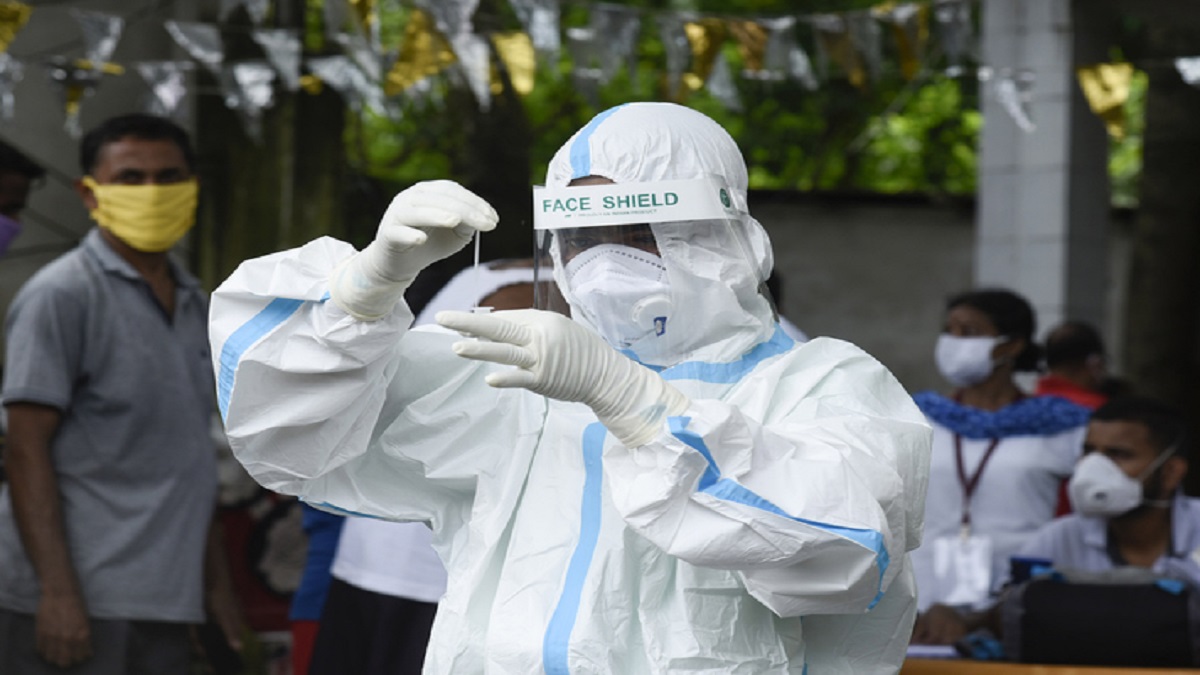IIT Delhi develops VLP-based vaccine candidate against COVID-19
Virus-Like Particles (VLPs) tricked the immune system into launching a counter-attack in mice, just as it does against SARS-CoV-2, said researchers.
Researchers at the Indian Institute of Technology (IIT) Delhi in collaboration with the Translational Health Science and Technology Institute (THSTI), Faridabad, Haryana, have developed SARS-CoV-2 Virus-Like Particles (VLPs), which are a possible vaccine candidate against COVID-19.
The VLPs tricked the immune system into launching a counter-attack in mice, just as it does against SARS-CoV-2, they said. “The majority of the VLPs developed worldwide have utilised only the spike protein of SARS-CoV-2 as the primary antigen. However, our VLPs are as native virus-like as possible, which means they contain all four structural proteins from SARS-CoV-2 (s - spike, n - nucleocapsid, m - membrane, e - envelope),” said Manidipa Banerjee, researcher and professor at IIT Delhi’s Kusuma School of Biological Sciences.
VLPs non-infectious due to a lack of genome
Banerjee said, “Vaccines based on an inactivated virus naturally have this advantage. However, VLPs are safer as they are non-infectious due to a lack of genome. This could be an advantage in case there are several mutations in ‘spike’ in any variant, which preclude the binding of neutralising antibodies. Animal experiments carried out at THSTI indicate that our VLPs trigger a strong adaptive immune response against multiple antigens.”
“Working with live viruses can put personnel at risk and the requirement for specially designed settings can limit the scope of research that some teams can perform. Instead, a safer and easier strategy is to use VLPs which are molecular mimics that look and act like a certain virus without being infectious. The particles can even serve as a vaccine themselves, as is the case with two that are currently available against the human papillomavirus,” Banerjee said.
The researchers and their collaborators have also utilised these VLPs to understand how SARS-CoV-2 could be invading cells in the central nervous system (CNS). “The research showed that the VLPs could get into brain cells in petri dishes and the process depended on both cholesterol in the cell membrane and an enzyme called dynamin,” Banerjee said.
The study, titled “Virus-Like Particles of SARS-CoV-2 as Virus Surrogates: Morphology, Immunogenicity and Internalisation in Neuronal Cells”, was recently published in the ACS Infectious Diseases journal.
Follow Shiksha.com for latest education news in detail on Exam Results, Dates, Admit Cards, & Schedules, Colleges & Universities news related to Admissions & Courses, Board exams, Scholarships, Careers, Education Events, New education policies & Regulations.
To get in touch with Shiksha news team, please write to us at news@shiksha.com
Latest News
Next Story


Comments